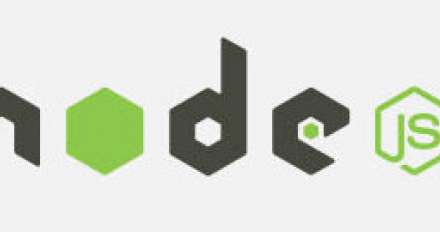David Martin
David Martin's contributions

Article
Keycloak Identity Brokering with OpenShift
David Martin
This article discusses how to set up and configure a Keycloak instance to use OpenShift for authentication via Identity Brokering. This allows for Single Sign On between the OpenShift cluster and the Keycloak instance. The Keycloak instance will be running on the OpenShift cluster and leverage a ServiceAccount OAuth Client. Provisioning Keycloak to your OpenShift namespace Use the below command to create the Keycloak resources in your OpenShift project. oc process -f https://raw.githubusercontent.com/david-martin/keycloak-with-openshift-auth-provider/0.0.2/keycloak-with-openshift-auth-provider.yaml | oc create -f - IMPORTANT: This...

Article
Working with peer, scoped and private npm dependencies in RHMAP
David Martin
RHMAP Environments An RHMAP Environment provides a Node.js runtime for Mobile Backends. There are 2 environment types: Dynofarm & OpenShift. The former is an LXC based PaaS, written in Node.js & bash. It is superseded by OpenShift environments. However, there are still many Dynofarm environments in use in the RHMAP SaaS offering. fh-npm Rationale fh-npm is a wrapper for npm. It is only used in Dynofarm environments to install npm dependencies specified in a package.json file. It was developed by...

Article
Installing Node.js dependencies with Yarn via s2i builds and OpenShift
David Martin
Building a docker formatted container image for a Node.js application There are 2 main strategies for building an image for a Node.js Application. The most common strategy is simply using a Dockerfile with a base image of something like FROM node:4-onbuild. Then do a docker build. This will produce an image with your application in it, ready to be run. This strategy is known as the Docker strategy in an OpenShift BuildConfig. Another strategy is using the s2i tool for...

Article
Keycloak Identity Brokering with OpenShift
David Martin
This article discusses how to set up and configure a Keycloak instance to use OpenShift for authentication via Identity Brokering. This allows for Single Sign On between the OpenShift cluster and the Keycloak instance. The Keycloak instance will be running on the OpenShift cluster and leverage a ServiceAccount OAuth Client. Provisioning Keycloak to your OpenShift namespace Use the below command to create the Keycloak resources in your OpenShift project. oc process -f https://raw.githubusercontent.com/david-martin/keycloak-with-openshift-auth-provider/0.0.2/keycloak-with-openshift-auth-provider.yaml | oc create -f - IMPORTANT: This...

Article
Working with peer, scoped and private npm dependencies in RHMAP
David Martin
RHMAP Environments An RHMAP Environment provides a Node.js runtime for Mobile Backends. There are 2 environment types: Dynofarm & OpenShift. The former is an LXC based PaaS, written in Node.js & bash. It is superseded by OpenShift environments. However, there are still many Dynofarm environments in use in the RHMAP SaaS offering. fh-npm Rationale fh-npm is a wrapper for npm. It is only used in Dynofarm environments to install npm dependencies specified in a package.json file. It was developed by...

Article
Installing Node.js dependencies with Yarn via s2i builds and OpenShift
David Martin
Building a docker formatted container image for a Node.js application There are 2 main strategies for building an image for a Node.js Application. The most common strategy is simply using a Dockerfile with a base image of something like FROM node:4-onbuild. Then do a docker build. This will produce an image with your application in it, ready to be run. This strategy is known as the Docker strategy in an OpenShift BuildConfig. Another strategy is using the s2i tool for...
